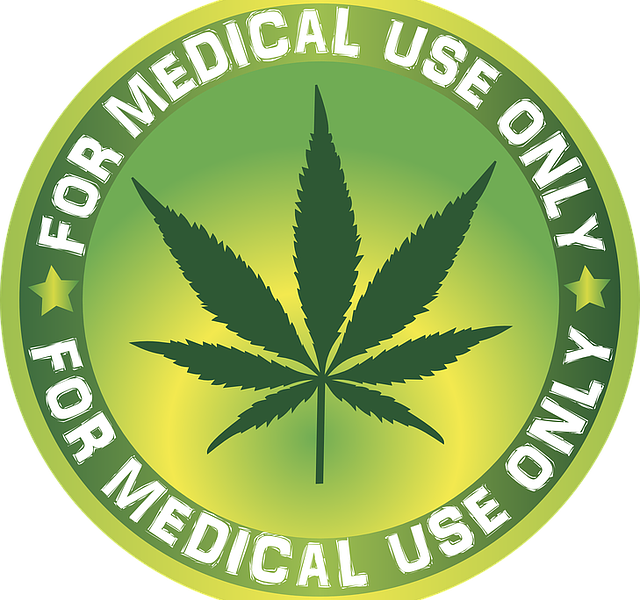Winter Blues workplace wellness activities can help employees with seasonal depression.
Winter blues, seasonal affective disorder, SAD, depression, fatigue, loss of interest and decreased enthusiasm are all ways to describe a phenomenon that affects many workers in northern countries like Canada. Winter blues can cause worker productivity to decrease and absenteeism to increase. Employers who plan winter blues workplace wellness activities can reduce the pain of employees who experience this seasonal mental health problem.
In the winter months, changes in activity levels, nutritional habits and the environment (less sun) are thought to be some of the reasons why people experience changes in their energy levels and mood. An employee affected by winter blues may show symptoms of depression such as insomnia, anxiety, irritability, weight gain or loss, and social withdrawal. Though these mental health problems are usually short lived, they can impact the individual’s ability to work effectively.
Employers can help employees afflicted with the winter blues with simple workplace wellness strategies. Directly acknowledging the reality of winter blues is a key way to support those affected by seasonal affective disorder.
Interesting activities to look forward to can improve the mood of employees battling winter blues at work. Incorporating opportunities to socialize and exercise into the work day is helpful. Encouraging employees to go outside during day is a good strategy to improve energy and mood. Flexible work scheduling in the winter months can make things easier such as later start times or shortened work weeks. Scheduling special workplace events during the winter months is another idea, such as exercise and relaxation sessions, healthy snacks or lunch days or inviting a wellness speaker to the workplace. For those in need, making available EAP or distress centre contact information is also a good idea.
Workplace wellness strategies that optimize activity, nutrition, socialization and stress management do not replace the need for professional help from a doctor or counsellor for people experiencing severe symptoms of depression. Professionals may prescribe medication, psychotherapy and light therapy to individuals who cannot manage symptoms on their own. But, employers who do implement a few wellness activities create a more positive and healthy work environment for those workers who continue going to work while struggling with seasonal affective disorder.
Read more about Seasonal Affective Disorder.





